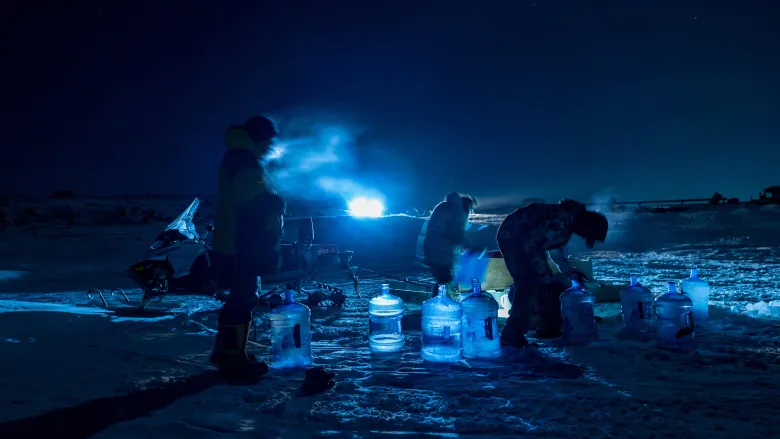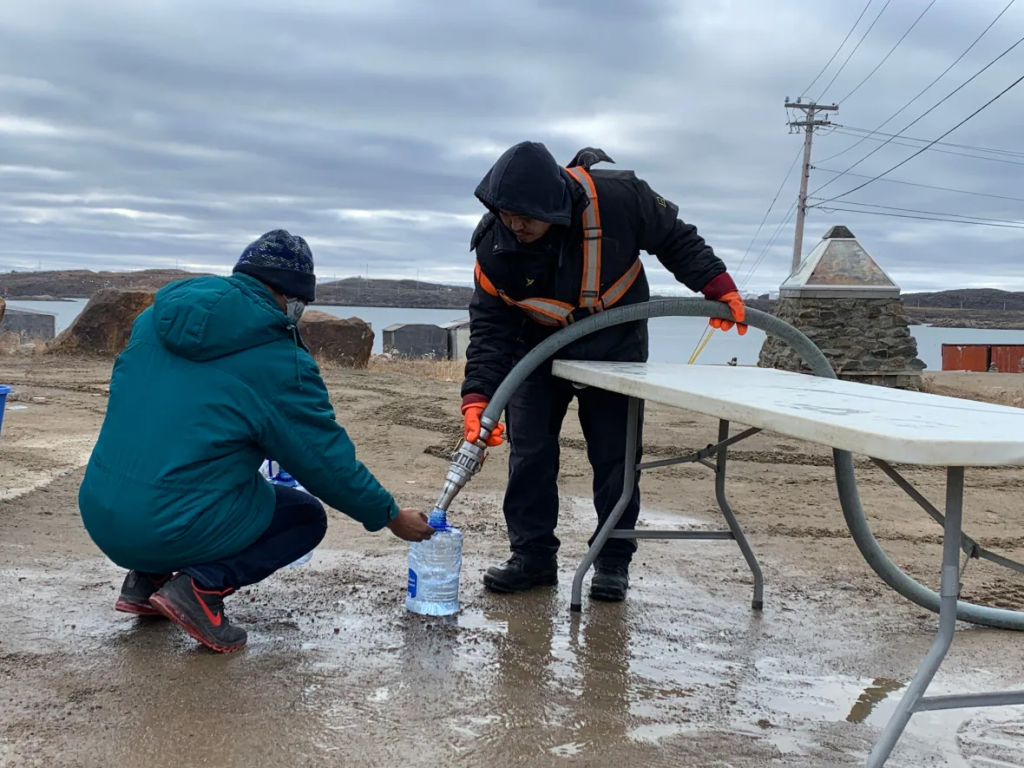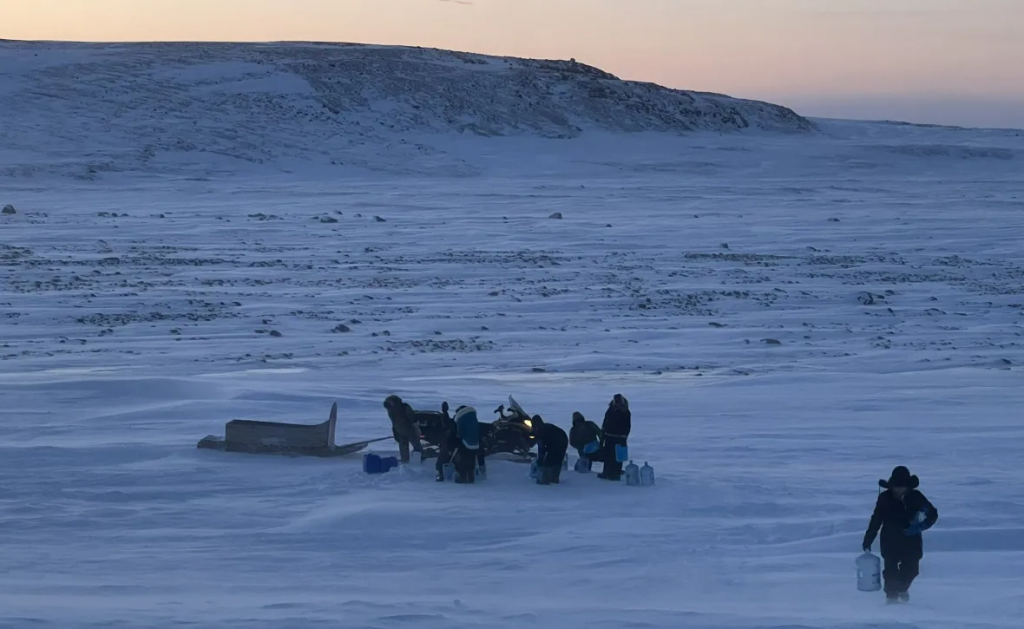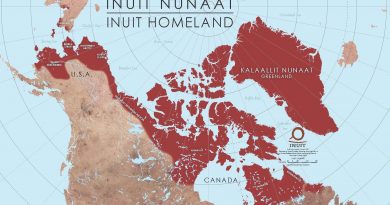Arctic Canadian city of Iqaluit seeks alternate water source after recurrence of fuel odour issue

On Friday, the city said trace amounts of fuel were detected earlier in the week
The City of Iqaluit says it is working to find an alternate source of drinking water following a recurrence of fuel odours in its municipal water distribution system.
In an update posted to social media on Sunday, the city says the water that’s been tested remains safe under Canadian guidelines.
But it says it recognizes that residents may be uncomfortable consuming or using tap water that has residual odours of fuel, which is why it says it’s working to provide an alternative source for affected residents “as quickly as possible.”
Nunavut’s Department of Health says it is working with the city to address the problem, but it notes in a weekend news release that the fuel amounts do not exceed Health Canada drinking water values for health.
The approximately 8,000 residents of Nunavut’s capital spent nearly two months under a do-not-consume order last fall after fuel was found in the water, which the city has said came from a historic underground fuel tank.

On Friday, the city said trace amounts of fuel were detected earlier in the week, just over a month after the do-not-consume order was lifted.
“Petroleum hydrocarbons can be detected by the human nose at very low concentrations, at levels much lower than instrumental detection or laboratory analysis,” the city said in a Facebook post on Sunday afternoon.
“While all recent test results are at or below detection limits, the city understands that this is a serious concern for residents.”
Mayor Kenny Bell said Friday that the water is safe to drink, but some people have complained on social media that alternatives such as bottled water should be provided as they were before.
With temperatures in the –30s C, some residents have started drilling holes in the ice at the Sylvia Grinnell River outside of the city to get water.

During the fall, a state of emergency was declared in Iqaluit, and the military brought in a reverse-osmosis purification system to treat river water.
The city’s Facebook post on Sunday didn’t specify what alternative the city was seeking for drinking water.
It noted in the post that it continues to flush its system and people might continue to smell fuel.
While its data indicated that trace amounts of fuel entered the system last Monday and again on Wednesday, the city said, they were below the alarm limits, which it noted are well below the Canadian limits.
Nevertheless, the city said it further lowered the alarm limits for “additional early warning” for future events.
The Health Department said it will provide an update on Monday.
Related stories from around the North:
Canada: City in Arctic Canada says historical fuel spill likely source of drinking water contamination, CBC News
United States: Climate change is worsening water scarcity in rural Alaska says study, Eye on the Arctic



